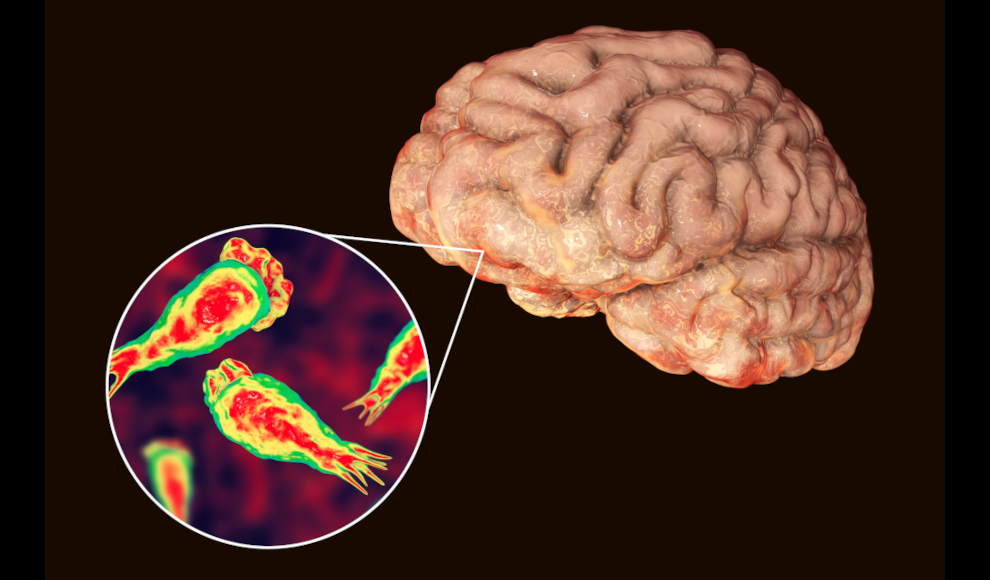The climate change is causing the often deadly single-celled organism Naegleria fowler, also known as the brain-eating amoeba, to spread to new areas. According to the Robert Koch Institute (RKI), Naegleria fowleri is mainly found in tropical and subtropical regions, but it also appears in temperate climates in warmed freshwater. The amoeba thrives in waters with temperatures above thirty degrees Celsius and can survive temperatures up to 46 degrees Celsius. Naegleria fowleri has been found mainly in the southern states of the U.S.A, but a 2021 study shows that the organism is spreading further north. The amoeba is now frequently discovered in the Midwest, posing a significant threat to public health.
Infections with Naegleria fowleri almost always occur through contaminated water that enters the nose while swimming. The amoeba then travels to the brain, causing life-threatening inflammation of the organ and the meninges. The first symptoms usually appear between one and nine days after infection and include severe headaches, fever, and nausea. This is followed by hallucinations, a stiff neck, confusion, and balance problems, leading to loss of consciousness. The organism is therefore also known as the brain-eating amoeba in medicine.
Experts warn that the climate change and the resulting increase in water temperatures in many regions will lead to further spread of Naegleria fowleri in the coming years. Weather extremes such as floods and droughts, which are increasingly occurring in temperate regions due to climate change, promote the spread of the dangerous pathogen. In drought areas, the pathogens concentrate in the waters, and when people come into contact with the single-celled organisms in these partially dried-up waters, their concentration is significantly higher. In addition, floods cause Naegleria fowleri to spread from contaminated waters, even entering flooded homes. Although infections with Naegleria fowleri are rare, scientists believe that many developing and emerging countries also experience infections that are either not recognized or not documented. The disease is extremely deadly, with 95 percent of known infections resulting in death.










